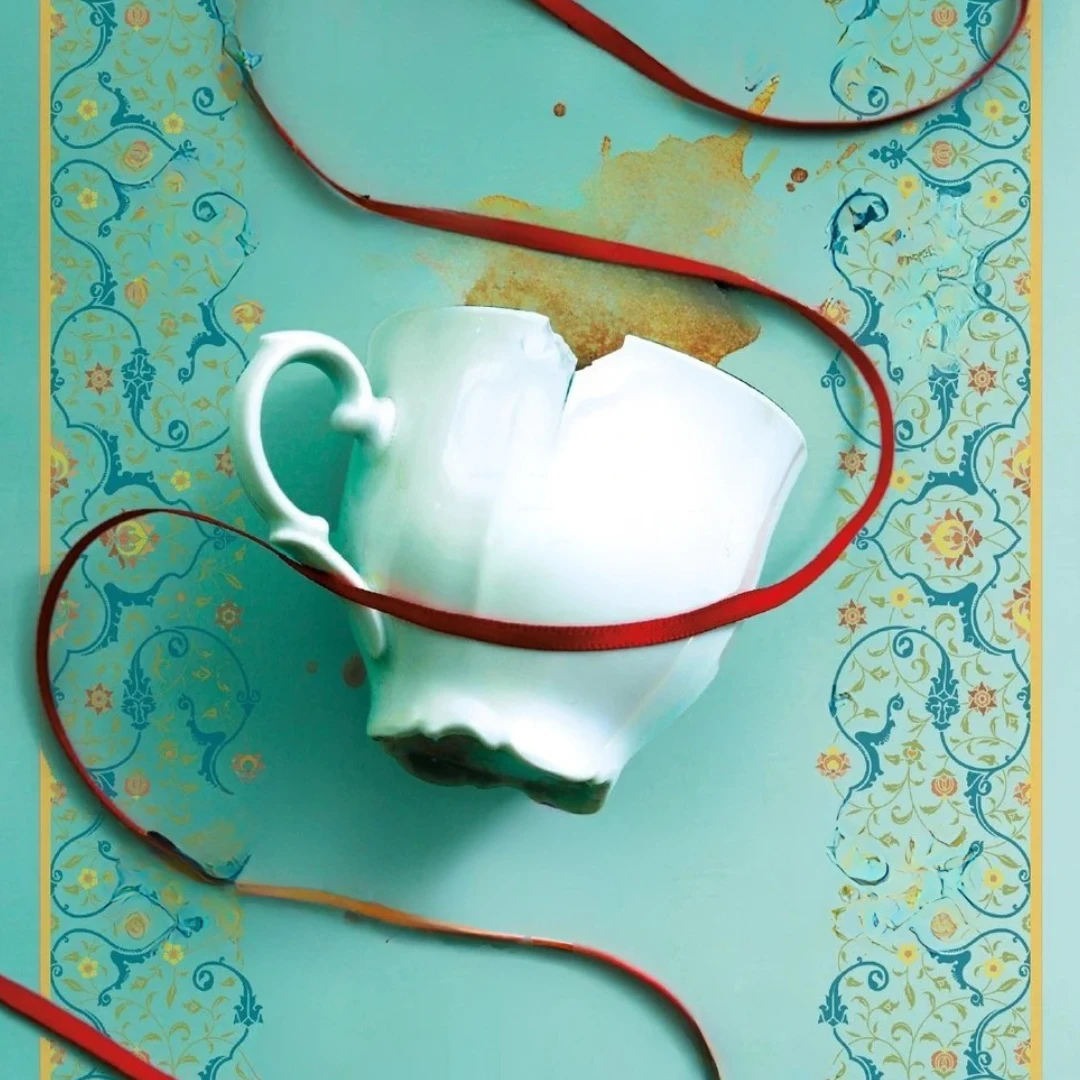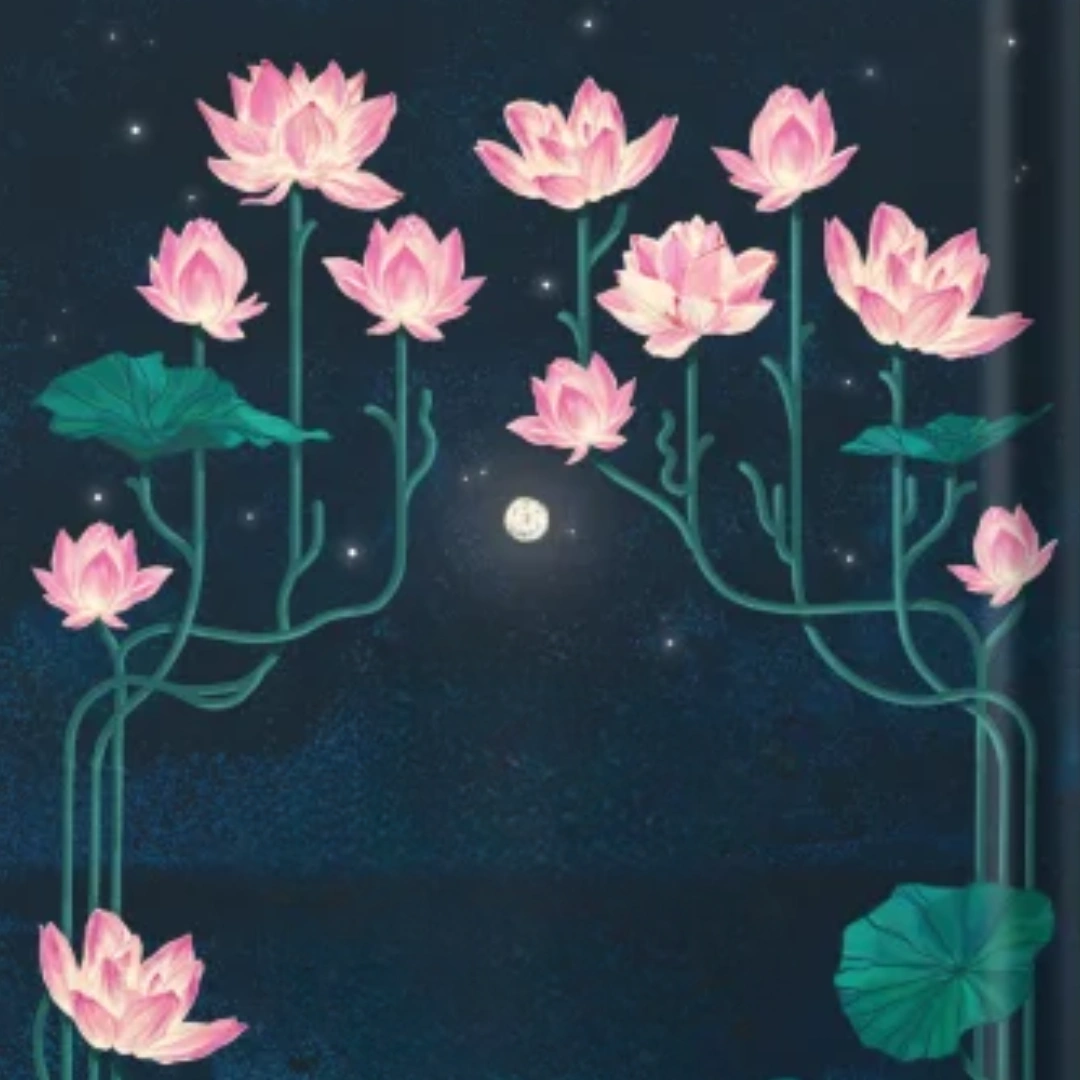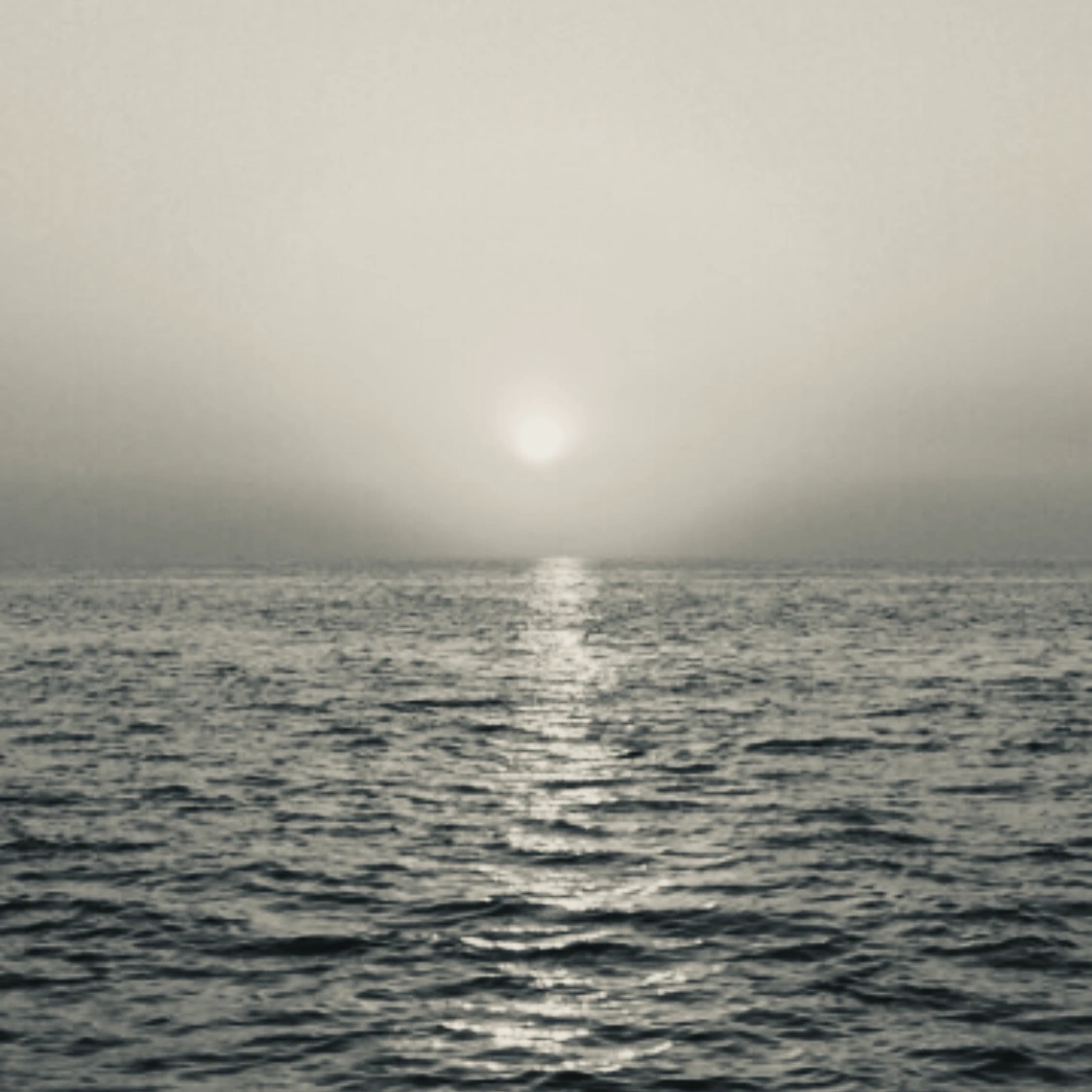In writing, my first introduction to Beirut was through a simile. Karachi, somebody had said, was fracturing into a ‘Beirut-like urbanity’— its violences, routinising like those of Beirut; its neighbourhoods under the control of competing militants, as was the case in Beirut. The simile operated in the sense of a warning, proposing that Karachi — at this point, already boasting one of the world’s highest homicide rates — could yet become worse. Strangely, tucked into the same simile was also the semblance of a compliment. That Karachi’s dysfunctions could call for its comparison to free-spirited Beirut suggested that its tragedies were, at least, respectable, putting Karachi in conversation with that sanctuary of artists and intellectuals, that sometime home to Kanafani, Darwish, Adonis, Faiz — to that city of the Mediterranean, soldiering on in spite of all the odds stacked against it. Even at its worst, Beirut is a city which evokes such reverence. And although Rabih Alameddine never says so outright, reading The True True Story of Raja The Gullible (and His Mother), one can tell he feels so.

Scattered throughout the novel are maximal, operatic images of Beirut. Surprisingly, this grand, decades-spanning narrative is a rather compact work. Some readers have even likened it to an ‘epic’, though even in its sentiments, it hardly echoes that form: through all of Beirut’s tragedies, Raja and his mother are bystanders, matter-of-factly living a deranged reality with what is at most an air of annoyance, of exhaustion. There are no heroics here. Nor do they ever demand much of a reader’s pity, remaining as mean and outrageous as they were before the civil war, Israeli invasion, economic collapse, COVID-19 and the explosion of 2020 as they are after. For example, alluding to a traumatic incident which involved her son when he was only a teenager, Raja’s mother says: ‘I read in Marie Curie that if a son suffers from post-traumatic stress disorder, the mother suffers her own kind of post-traumatic stress disorder, but you never think of me’. This deflating accusation is one of the novel’s ridiculous pleasures, part of why it works more than just as a readable primer to Beirut’s problems.
Alameddine avoids bringing up more politically-laced characterisations of the people who appear within the novel. No one is a Sunni, a Shia, a Syriac, an Orthodox, a Druze: they are Beiruti, or from the ‘south’ — that is all characters receive as identity descriptors. This lends the novel its international appeal, its accessibility; in the guise of Raja, a secular eye is found to tell a story of Beirut’s fraught past.
While its ironic tendencies may be common to contemporary fiction, to its particular registers of treating family and place, Alameddine’s humour here is intelligent, his stakes unique. Much like the translator-narrator of one of his previous literary successes, The Unnecessary Woman, Raja the narrator is a uniquely cosmopolitan reader, directly embedded in literary concerns as a high-school philosophy teacher. In fact, during his teenage years, Raja was an enthusiast of the Japanese language and literature; in extreme ‘middle age’, he has managed to publish a ‘bizarrerie’ of a successful book in Japanese. To the reader, Raja insists that its critical acclaim in Japan is simply because of its ‘exoticness’, imagining his Japanese readership to muse: ‘here was one of those Arabs, barely a level above a brute, who could write a book in our hallowed language’.
Such an irritable tonality characterises Raja’s narration for much of the novel; even when his teenage-self undergoes a traumatic event, it is only in the immediacy of violence that this demeanour briefly dissolves. He is otherwise quite sassy with his traumatiser, playing house in a situation in which the rest of the city descends into full-blown civil war. Concomitant with this incident is the moment when Raja’s classmates are killed. Their deaths do not really have a significant relationship with the war: their political affiliations or religious identities, their views about the Palestinian refugees or Baathism are all essentially irrelevant to why they die. Instead, they are murdered because they were teenage ‘assholes’, who thought ‘they were better than everyone else, and they thought so with a rabid intensity’.
Notably, Alameddine avoids bringing up more politically-laced characterisations of the people who appear within the novel. No one is a Sunni, a Shia, a Syriac, an Orthodox, a Druze: they are Beiruti, or from the ‘south’ — that is all characters receive as identity descriptors. This lends the novel its international appeal, its accessibility; in the guise of Raja, a secular eye is found to tell a story of Beirut’s fraught past. The political risks of such a narrator are minimal, and what unravels is mostly a tragedy of the moderate and genteel caught in-between a rabid geo-politics. Such moves in ‘translating’ a complicated foreign context for a readership uninitiated into places like Beirut are of course not uncommon.
In Dur e Aziz Amna’s A Splintering, a fictional town in the Salt Range called Mazinagar appears; a vocabulary which refers to Pakistan’s rural hinterlands as ‘the provinces’ is imagined. But these moves in translation are Amna’s creation, an interesting attempt at minimising a highly localised metaphysics by lightly morphing the world so that it only amplifies, rather than distracts from, aspects of the narrative. However, Alameddine seems to lean more on how English-language media has already conceived of Lebanon; perhaps it is so palatable for this very reason, avoiding dense insight in favour of becoming an Arab-American or ‘global’ novel, as opposed to a particularly Lebanese or ‘Anglophone Arab’ novel (the latter of which does not exist as such).
Indeed, its unhesitant lewdness may even make others celebrate it as another in a long list of Beiruti queer articulations setting new frontiers for Arab creative arts.
One notices this especially in thinking about where Alameddine feels more comfortable expositing and where the novel speeds past historical events. Almost memoiristically, the reader is delivered details of what the lockdown entailed in Beirut, or how the Lebanese economic collapse came about, or what the impact of the explosion was like for its characters and the citizenry. These are elements of Beirut’s past which can be read to unifying ends, in which the storytelling has very little capacity to be controversial to any readership. But wherever moments in the novel’s span events occur for which different, divisive narratives exist, Alameddine renders them in summary — or not at all. It is a kind of politics of narration which makes fiction more exciting overseas than where it is set: it could make others bristle at diasporic overreaches and underreaches.
Nonetheless, Alameddine’s prose is so addictively entertaining in The True True Story that these more critical considerations of the work are pushed into retrospect, when one is free from the acerbic Raja and his mother. Alameddine’s work also conceals a formally exciting manoeuvre, hiding within its decades a cluster of time so sunken in, so singularly unhinged and raunchy that it feels worth its acclaim: it has become the first Arab-American work to receive a National Book Award in Fiction. Indeed, its unhesitant lewdness may even make others celebrate it as another in a long list of Beiruti queer articulations setting new frontiers for Arab creative arts.
But perhaps the greatest accomplishment here is that, in The True True Story of Raja The Gullible (and his Mother), Rabih Alameddine interacts with a city that has been so viscerally fictionalised in films like Incendies and Capernaum, through personalities who are so bitter, begrudging and acidic, and still, manages to charm his reader into this oddly endearing eulogy for Beirut.





